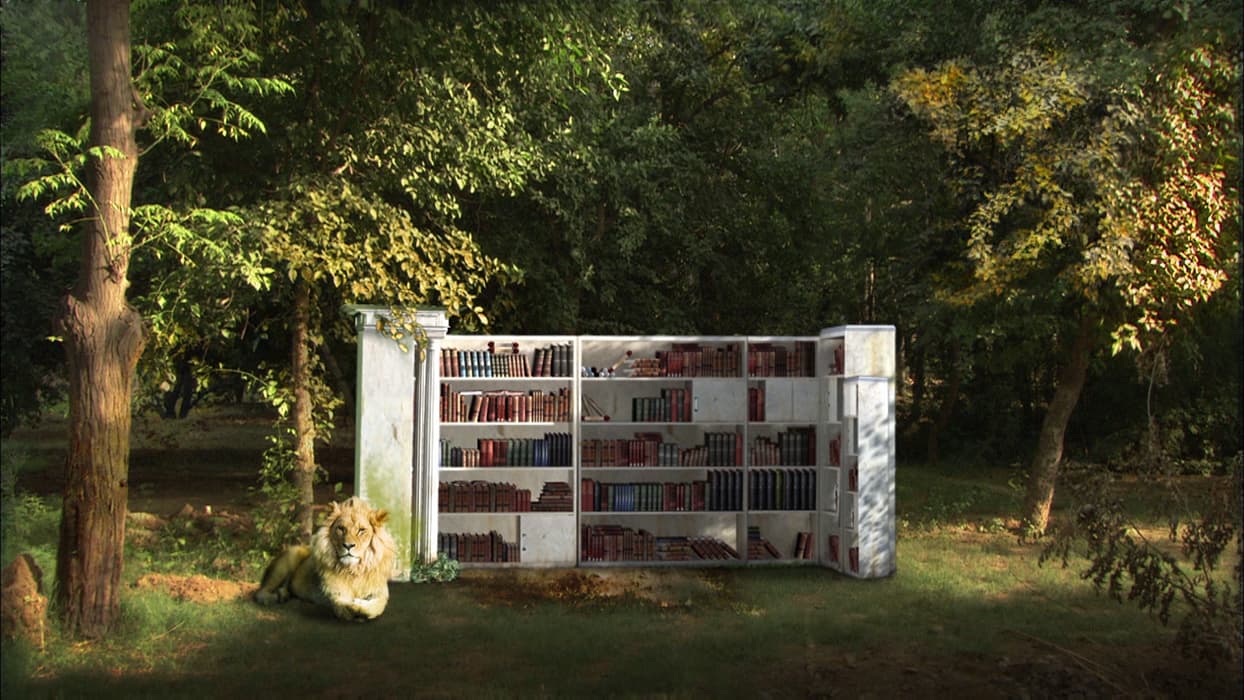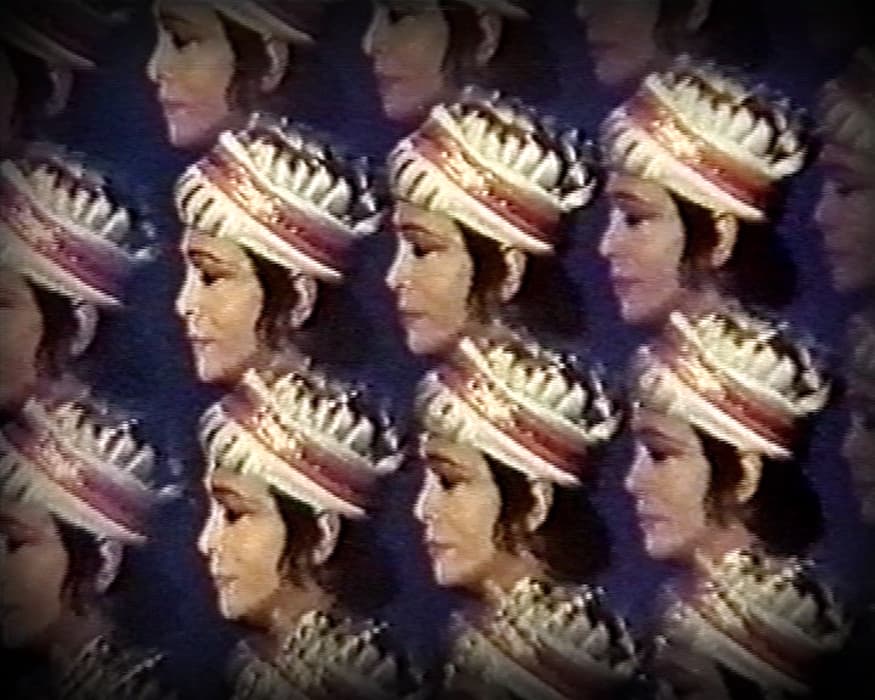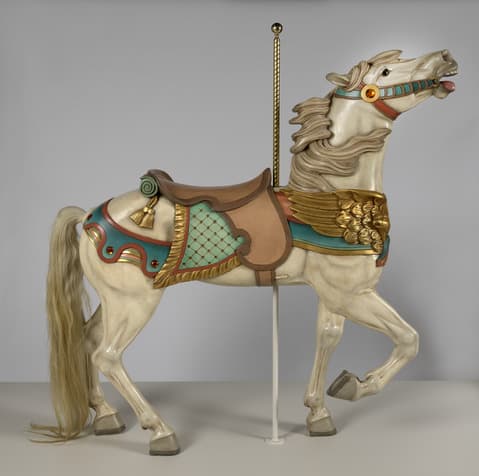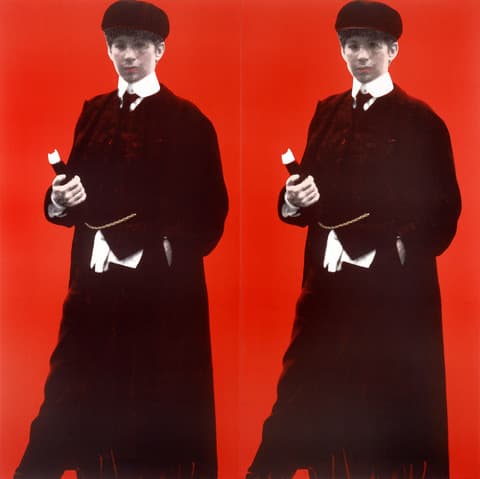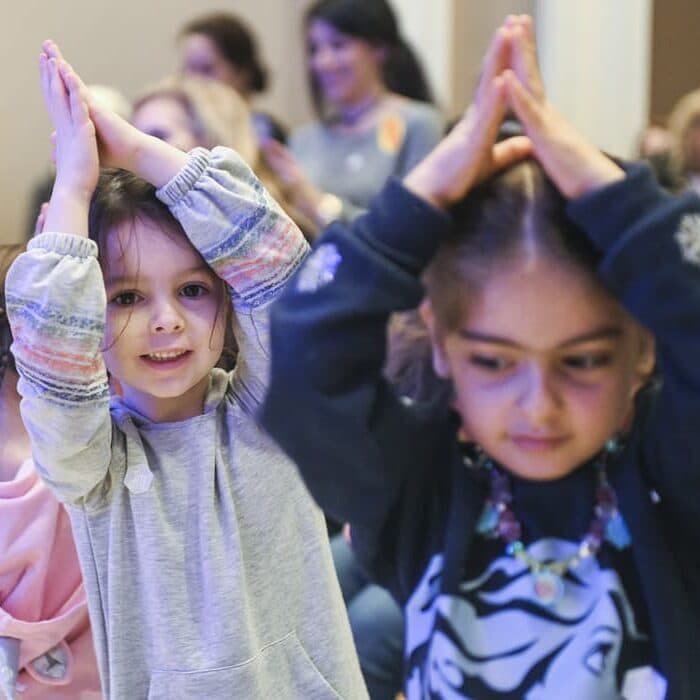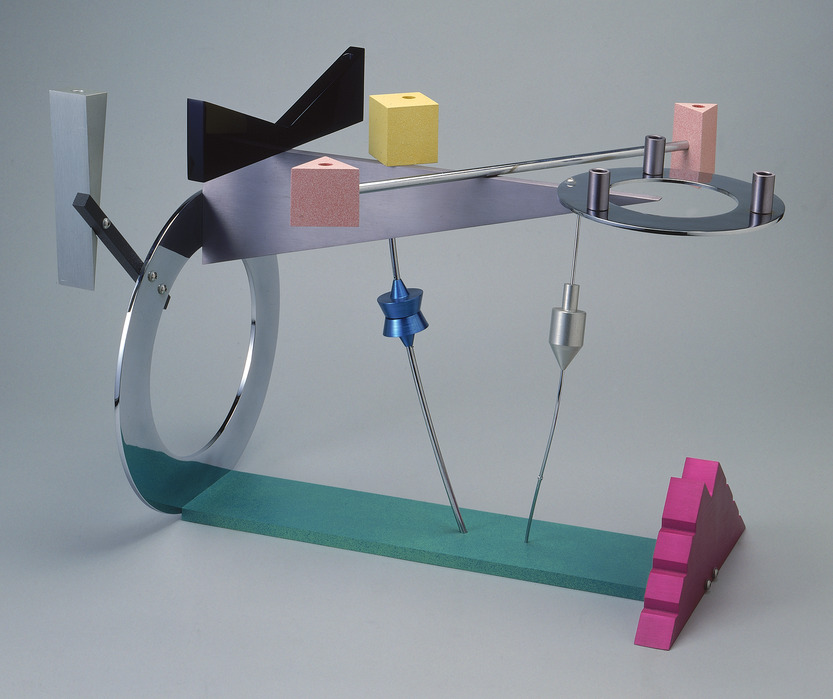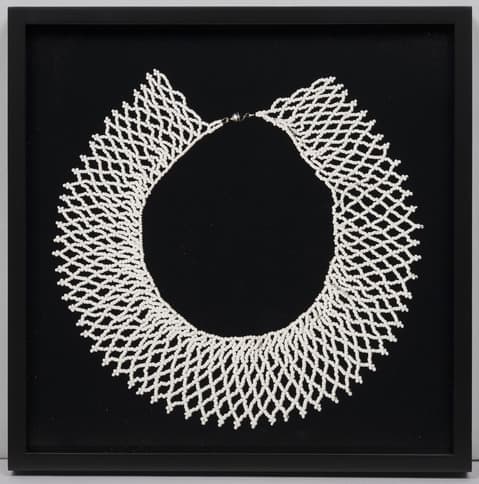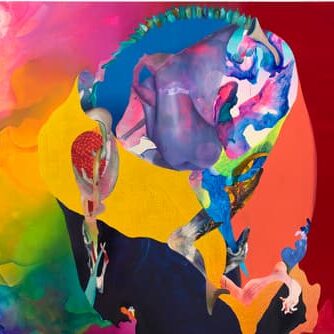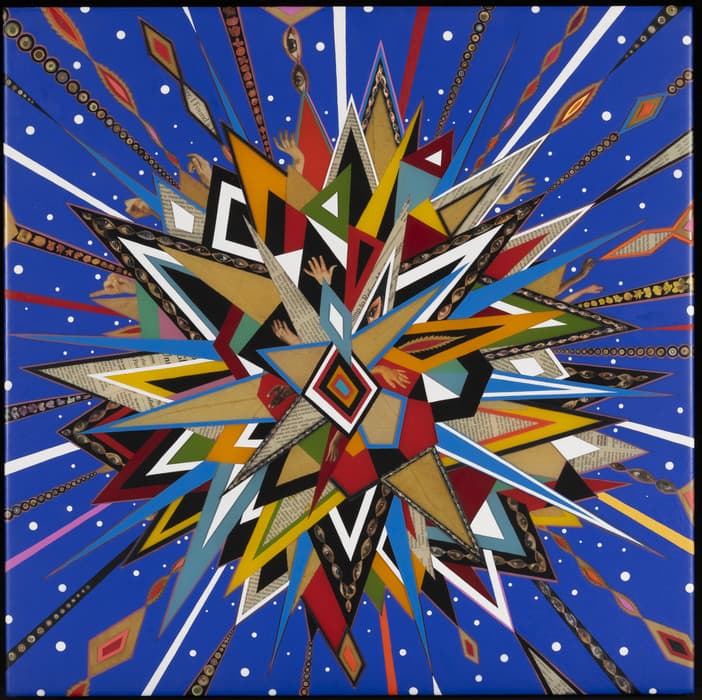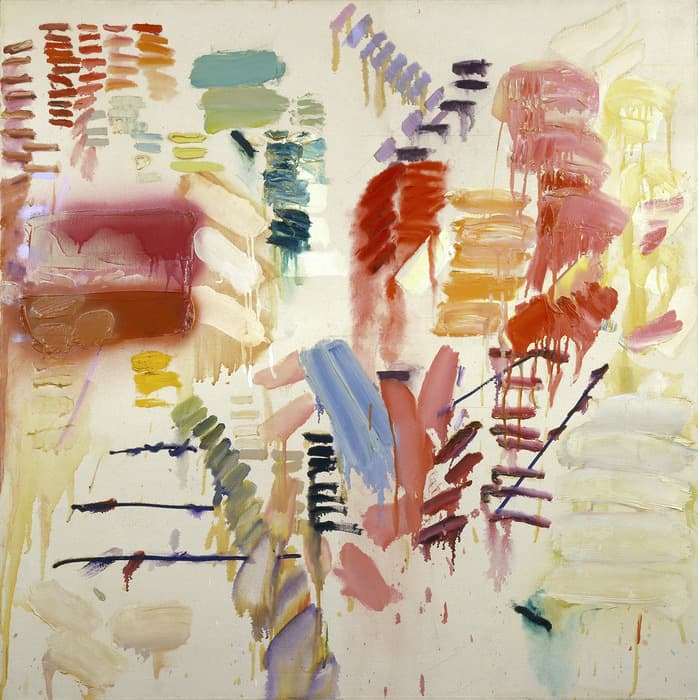Sights and Sounds: India
Sights and Sounds: India features new work by Ranbir Kaleka, Ayisha Abraham, Gigi Scaria, and Sahej Rahal, selected by Nancy Adajania.
While media art in India is often said to have emerged in the 1990s, I have argued for a more substantial genealogy or “prehistory” for Indian contemporary video-art practices. I have charted this prehistory through the experimental films and photographic experiments of Akbar Padamsee, Nalini Malani, Tyeb Mehta, MF Husain, and Krishen Khanna during the late 1960s and early 1970s; as well as in Dashrath Patel’s transdisciplinary installations and exhibition designs for international expos and grassroots activist projects from the 1960s to the 1980s. To my mind, the explorations of sensorium and sociality that characterized these earlier works are recursively renewed in the media practices of the 1990s and after.
Much of the video art produced in India is perceived as a response to the transformations of the decade of the 1990s. Economic liberalization ushered in new technologies—video, twenty-four-hour television, and the Internet. At the same time, an increasingly aggressive tendency within the Hindu majoritarian political formation posed a major challenge to India’s liberal and inclusive public sphere. The response to these seismic political shifts by artists who embraced new media had radical consequences for the nature of authorship, the circulation of images, and the role of the viewer.
However, the spectrum of video art in India should not be reduced to a mere reactive praxis. Therefore, instead of selecting works that directly address the political, as narrowly construed, I have chosen those that deal with unpredictability and expansiveness. In Sanskrit terms, these works invite us to explore subjectivity as it oscillates between the scale of the kshana (infinitesimal moment) and the kalpa (aeon). The artists gesture toward reserves of replenishment even in hostile environments; they investigate lost ecologies of belonging, often disclosing a gnosis through dream states, archival investigation, and unforeseen encounters.
Nancy Adajania
Curator
Nancy Adajania (b. Bombay, 1971) is a cultural theorist and independent curator based in India. She has written and lectured extensively on media art, public art, and transcultural art practices. Adajania was Joint Artistic Director of the 9th Gwangju Biennale (2012) and has taught the curatorial-practice course at the Salzburg International Summer Academy of Fine Arts (2013 and 2014).
About Sights and Sounds: Global Film and Video
This long-term series offers a rotating selection of vigorous film and video works by contemporary artists from around the world — with a particular emphasis on work being made outside western Europe and the United States.
Sights and Sounds: Global Film and Video is a long-term presentation of new film and video works made in the sphere of the visual arts. The series offers a rotating selection of vigorous works by contemporary artists from around the world. It introduces New York audiences to the latest developments in filmmaking within the art context and underlines the Jewish Museum’s holistic and global approach to the understanding and presentation of art and culture.
Sights and Sounds takes advantage of the straightforward way film and video travel: shipped on discs or streamed online, these works provide an instant connection to new creative practices from even the most remote locations.
Twenty-five international curators have selected new film and video work from their respective regions of the world—ranging from Argentina to Vietnam, Nigeria to Romania, New Zealand to China, and many places in between. Their picks are screened for one month each in the museum’s media center, which has been turned into a miniature cinema for the occasion.
The works in Sights and Sounds touch on themes significant to both Jewish culture and universal human experience: spirituality, exile, language, conflict, family, humor, history. The series creates a broad network of artistic expression and curatorial perspectives that takes stock of what is happening in film and video art at this moment in time across the globe—with a particular emphasis on work being made outside western Europe and the United States.
Sights and Sounds will culminate with a selection of highlights from the series. One work from each country will be presented in the gallery from February 5, 2016 to June 30, 2016.
Jens Hoffmann
Deputy Director
Exhibitions and Public Programs

Installation view of Sights and Sounds: Global Film and Video in the Goodkind Media Center. Photo by David Heald.
